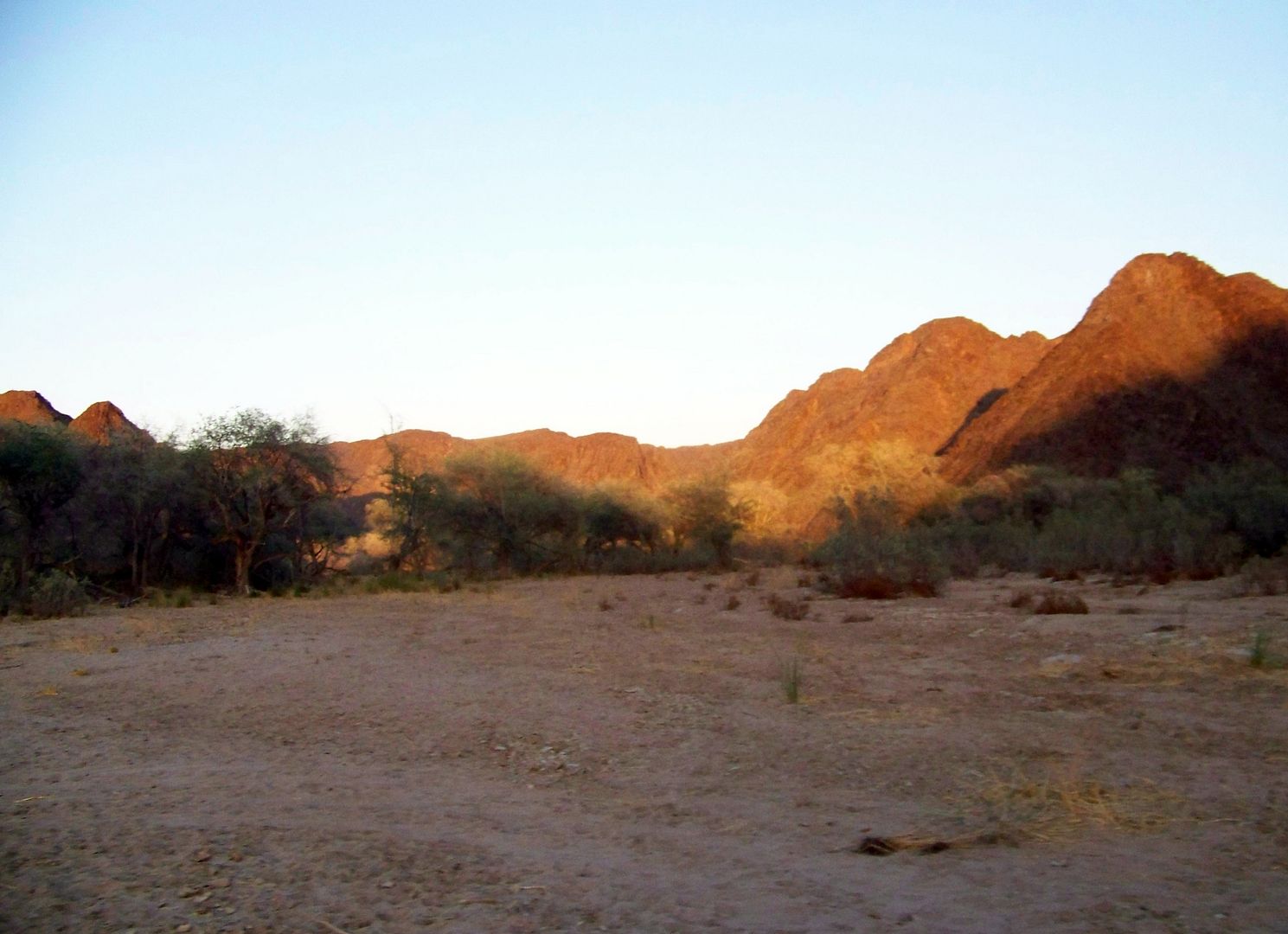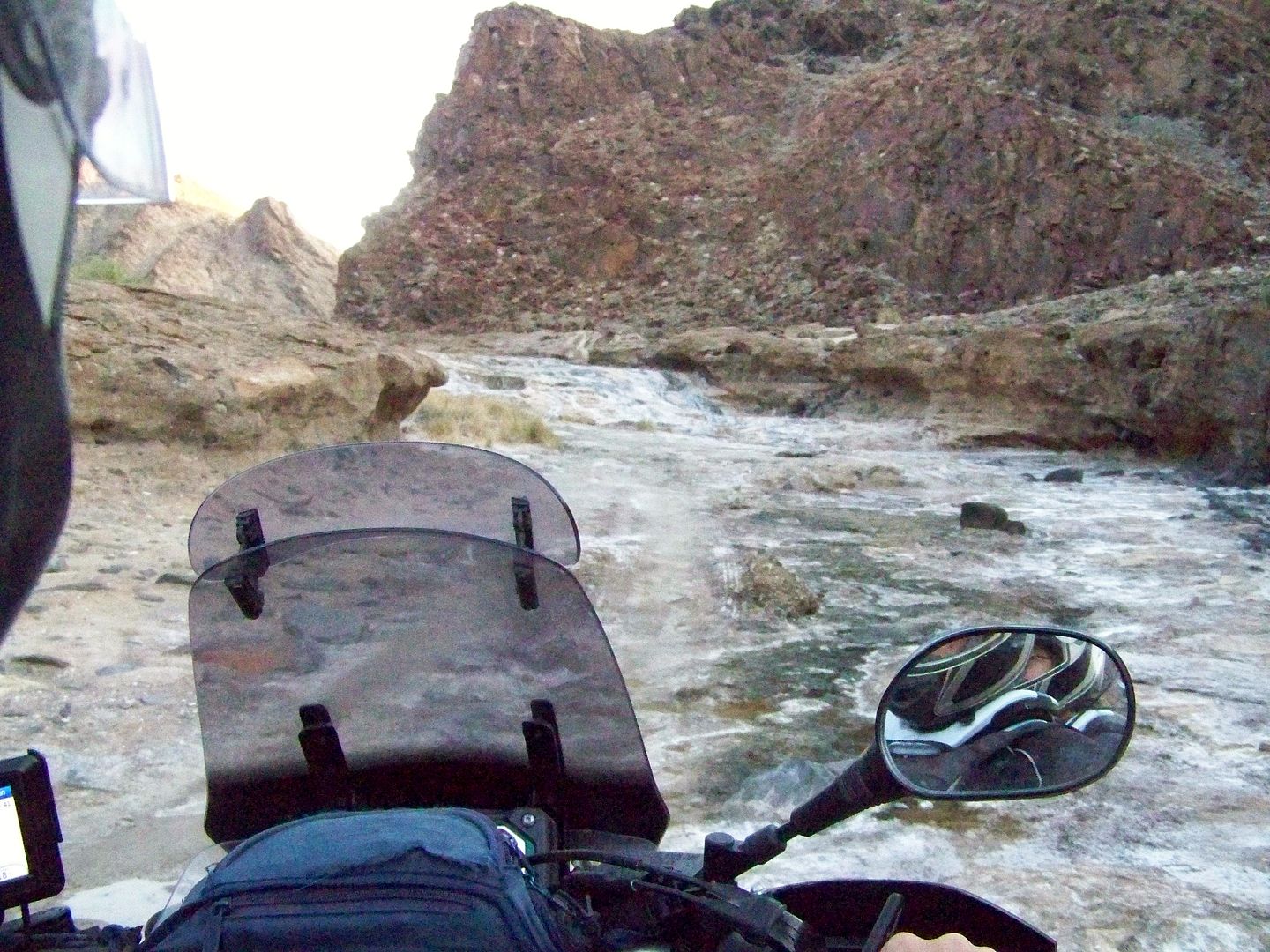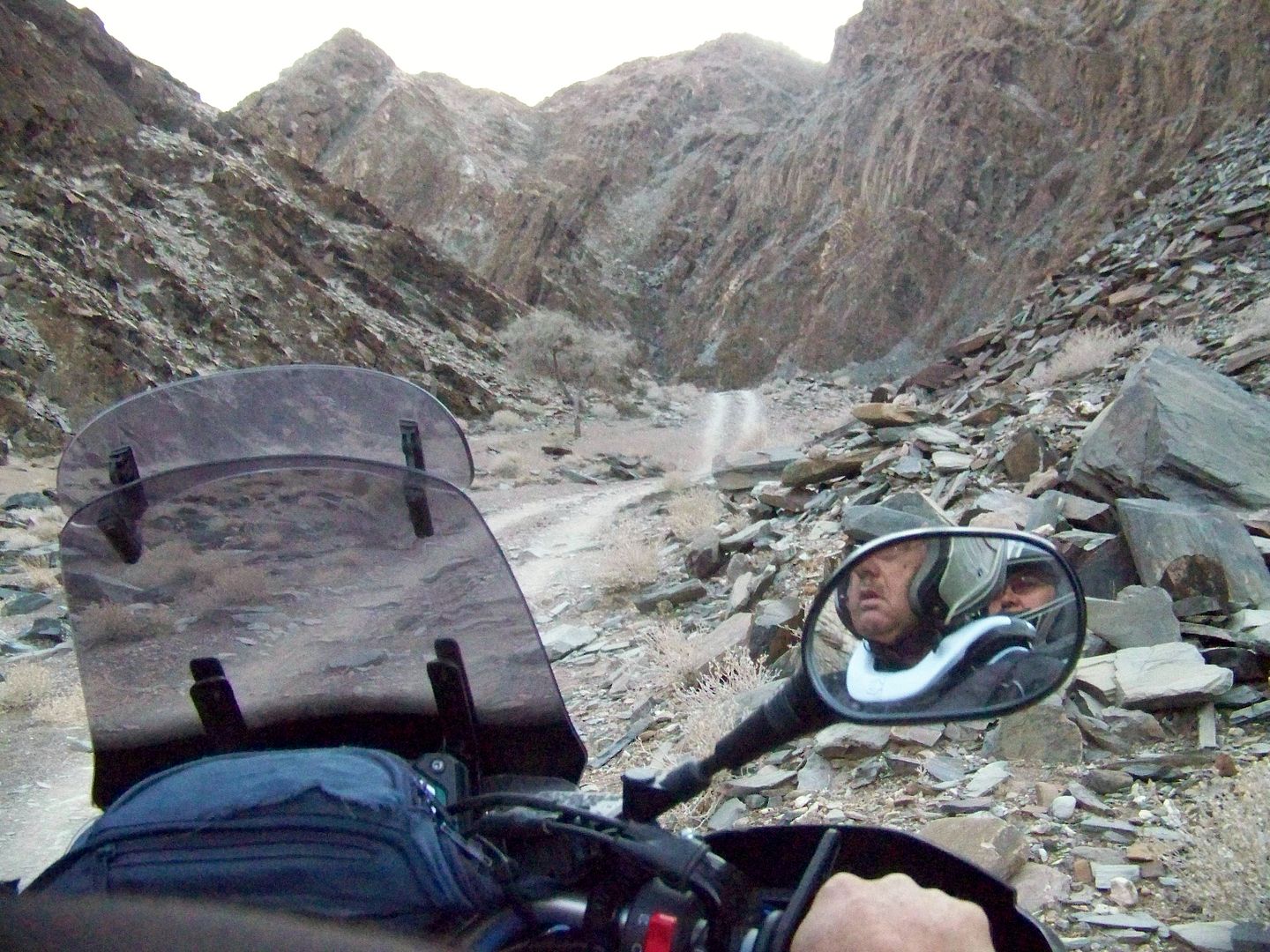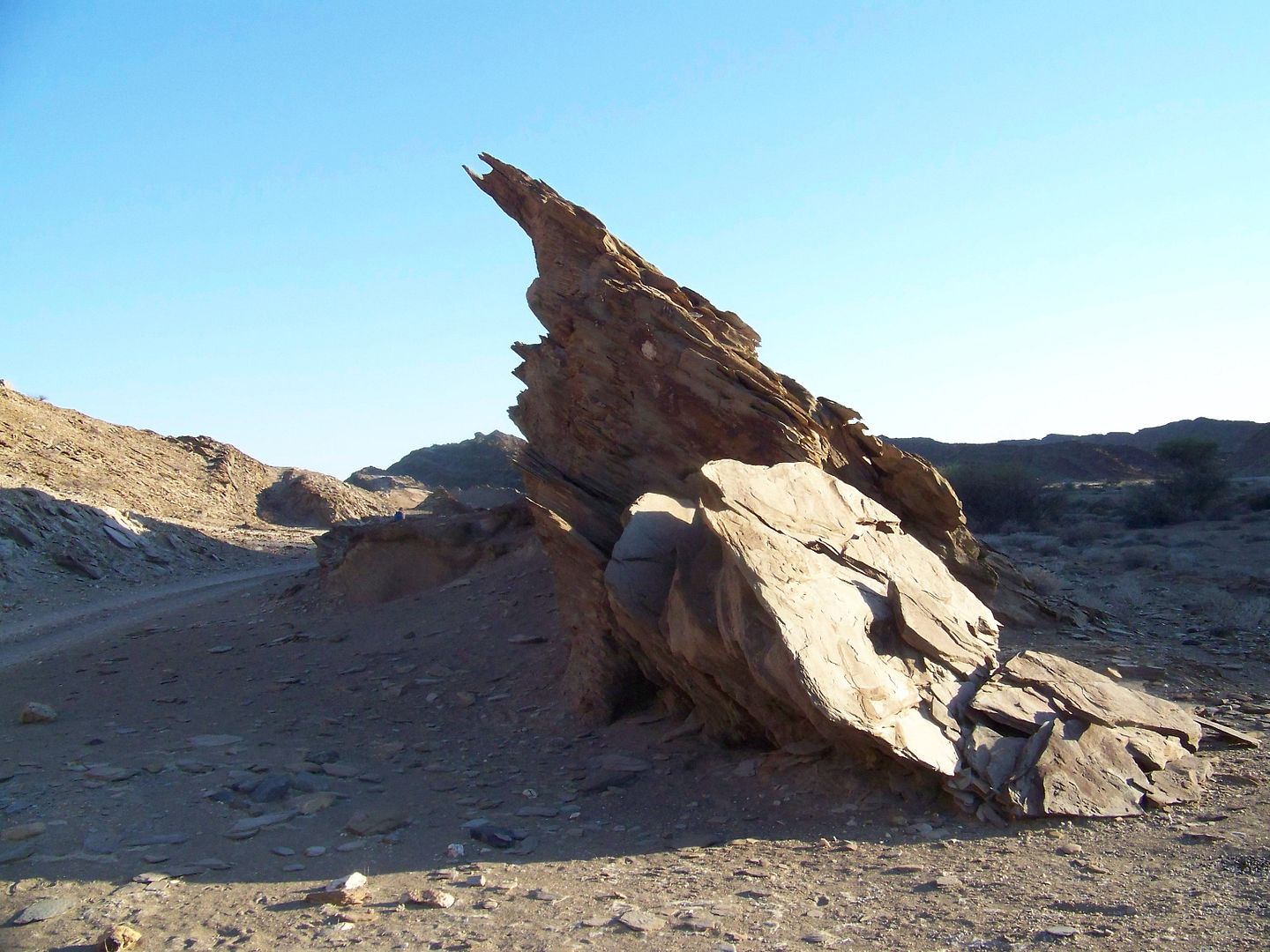Bie
Race Dog
Nou waar kom die haas in die prentjie? Lekker ene Oom en Antie Vis. Altyd lekker om saam met julle te gaan toer via die RR. :thumleft:
Bie said:Nou waar kom die haas in die prentjie? Lekker ene Oom en Antie Vis. Altyd lekker om saam met julle te gaan toer via die RR. :thumleft:








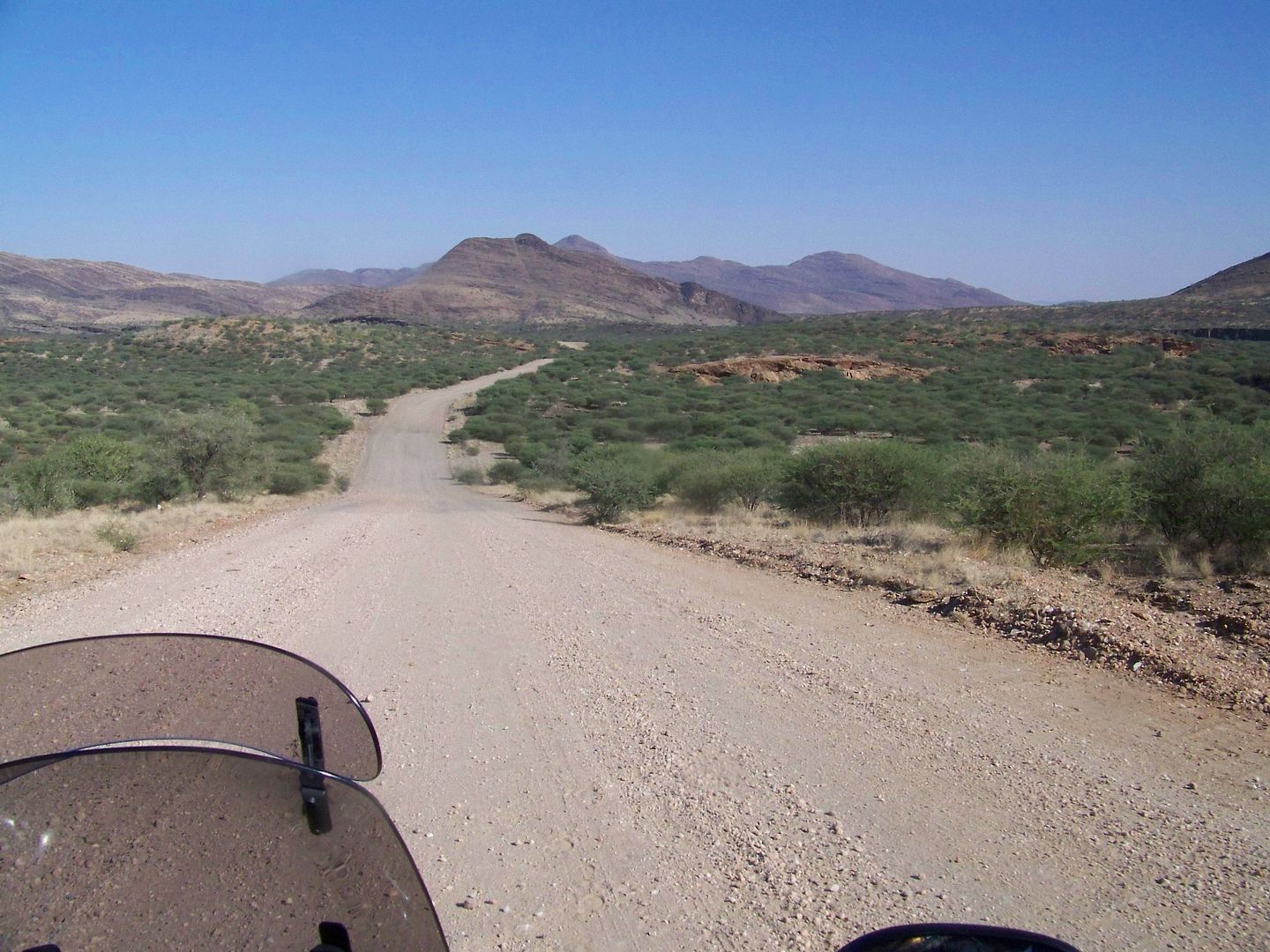
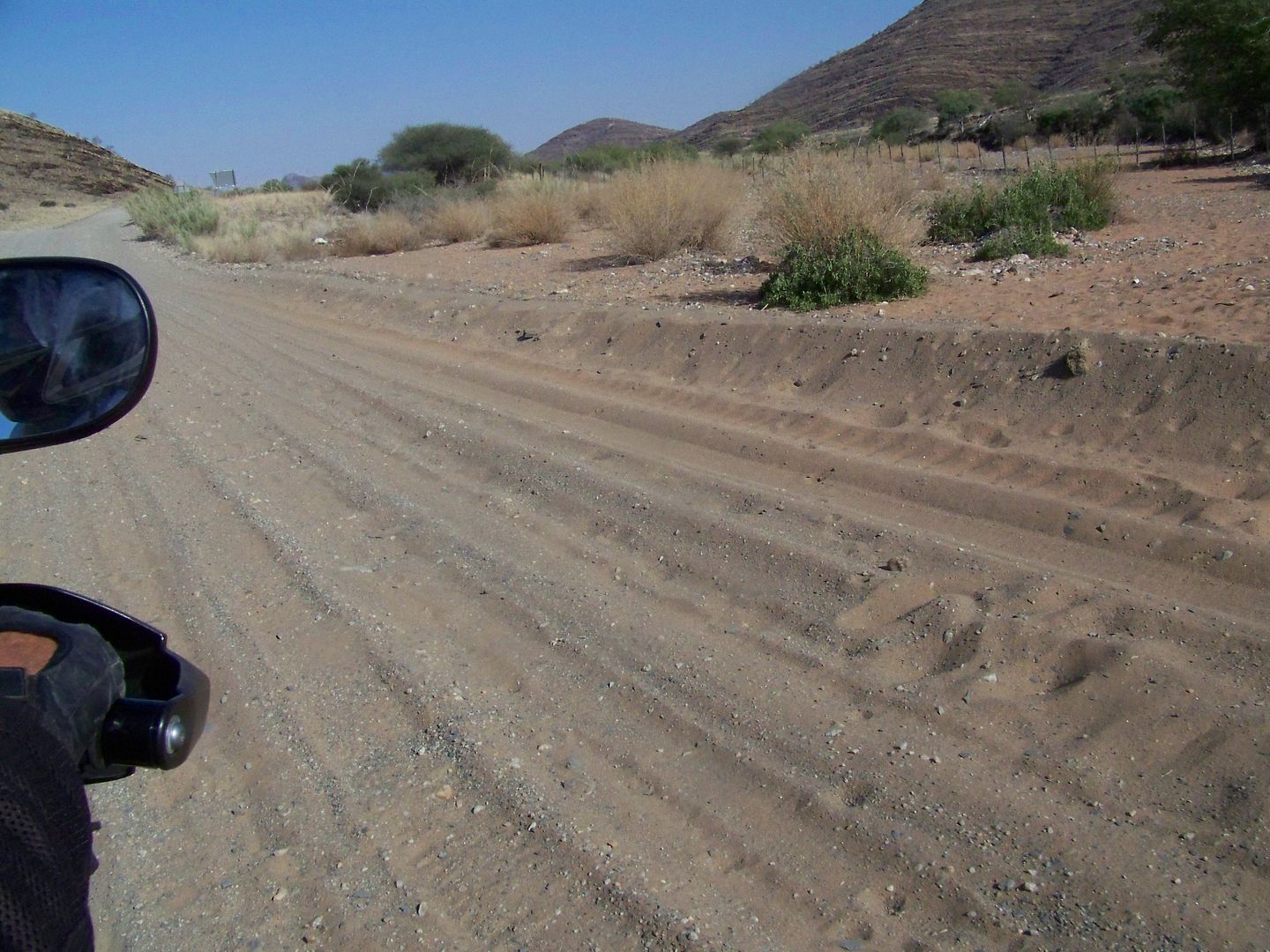















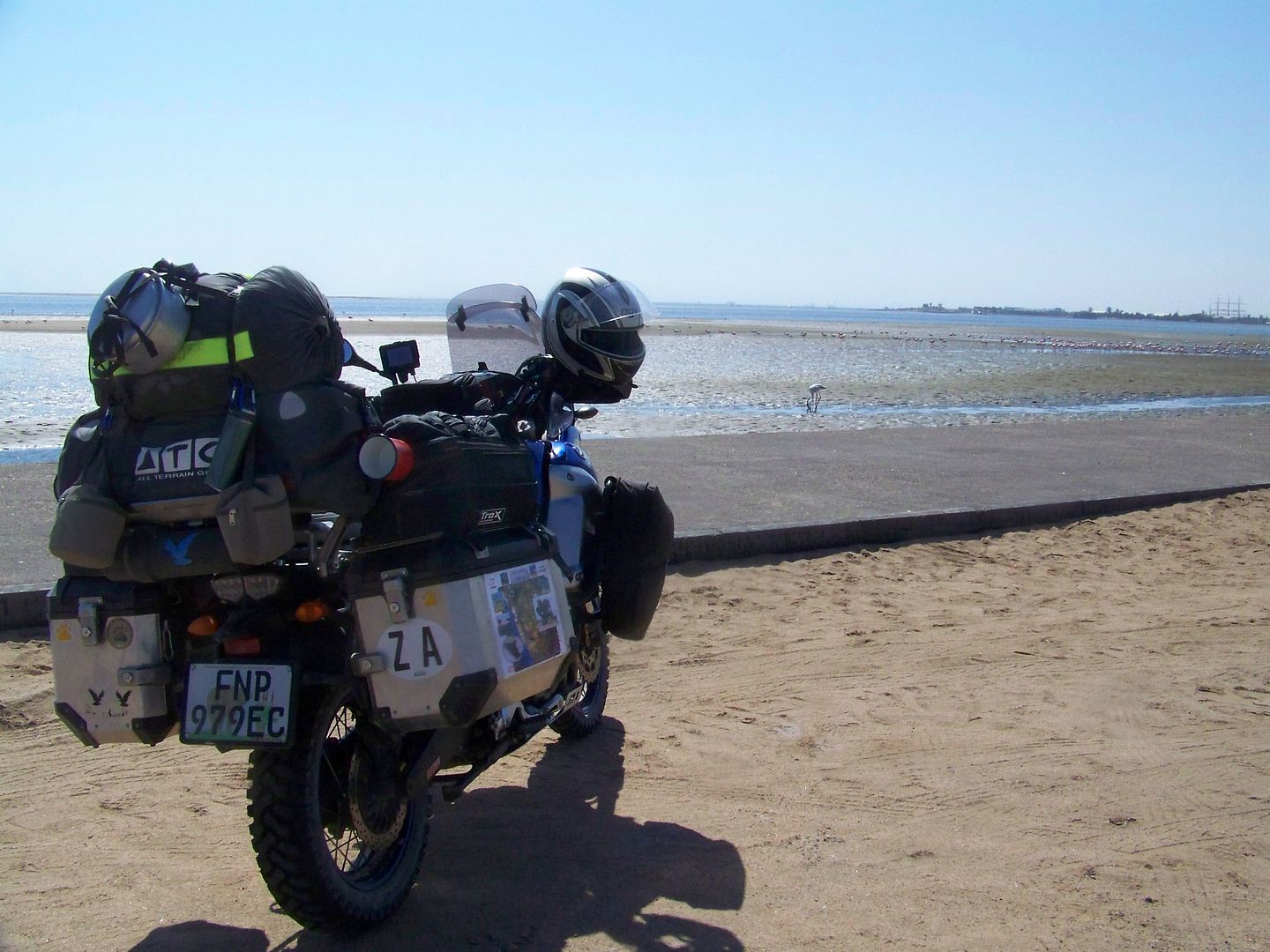


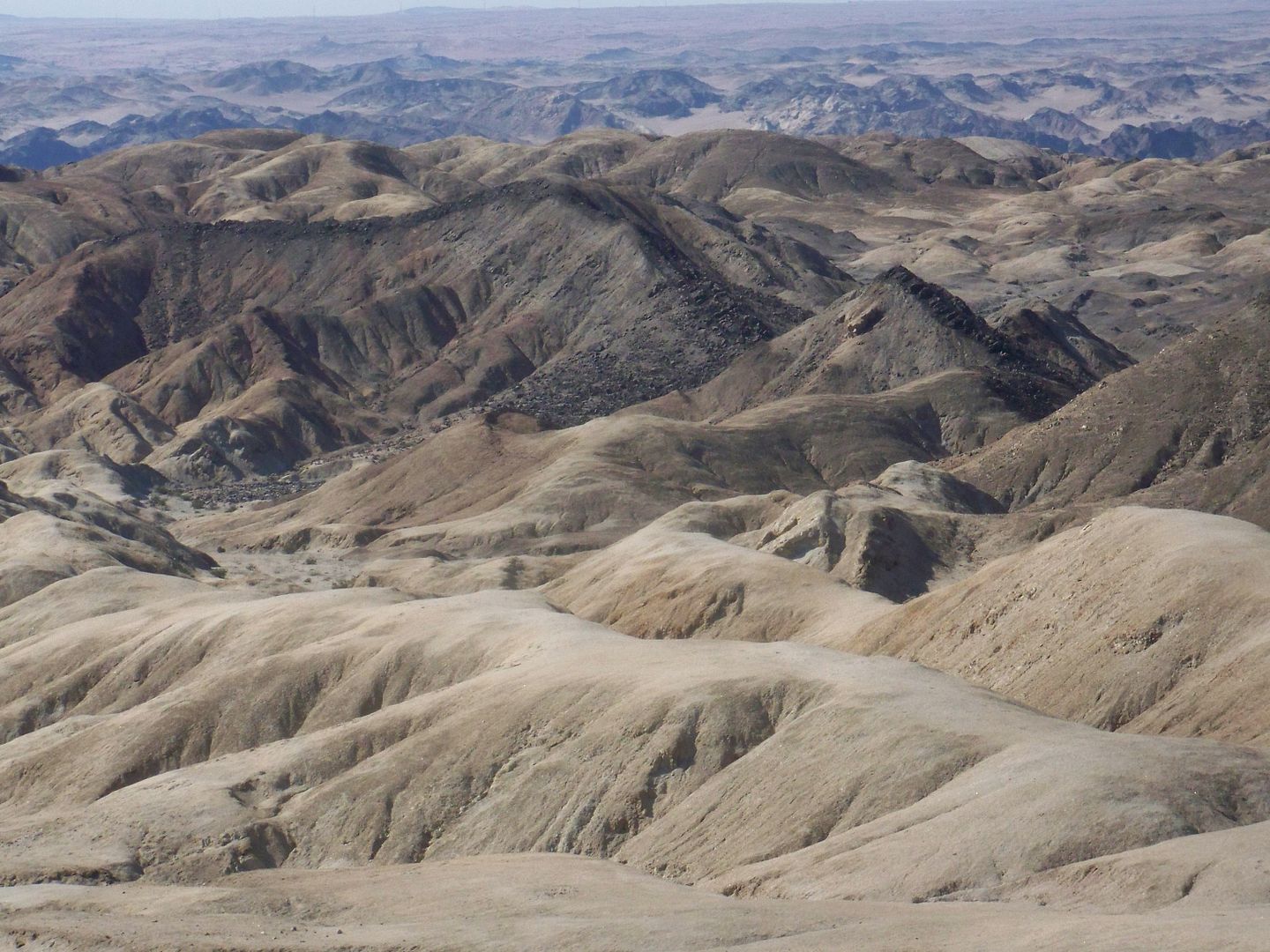
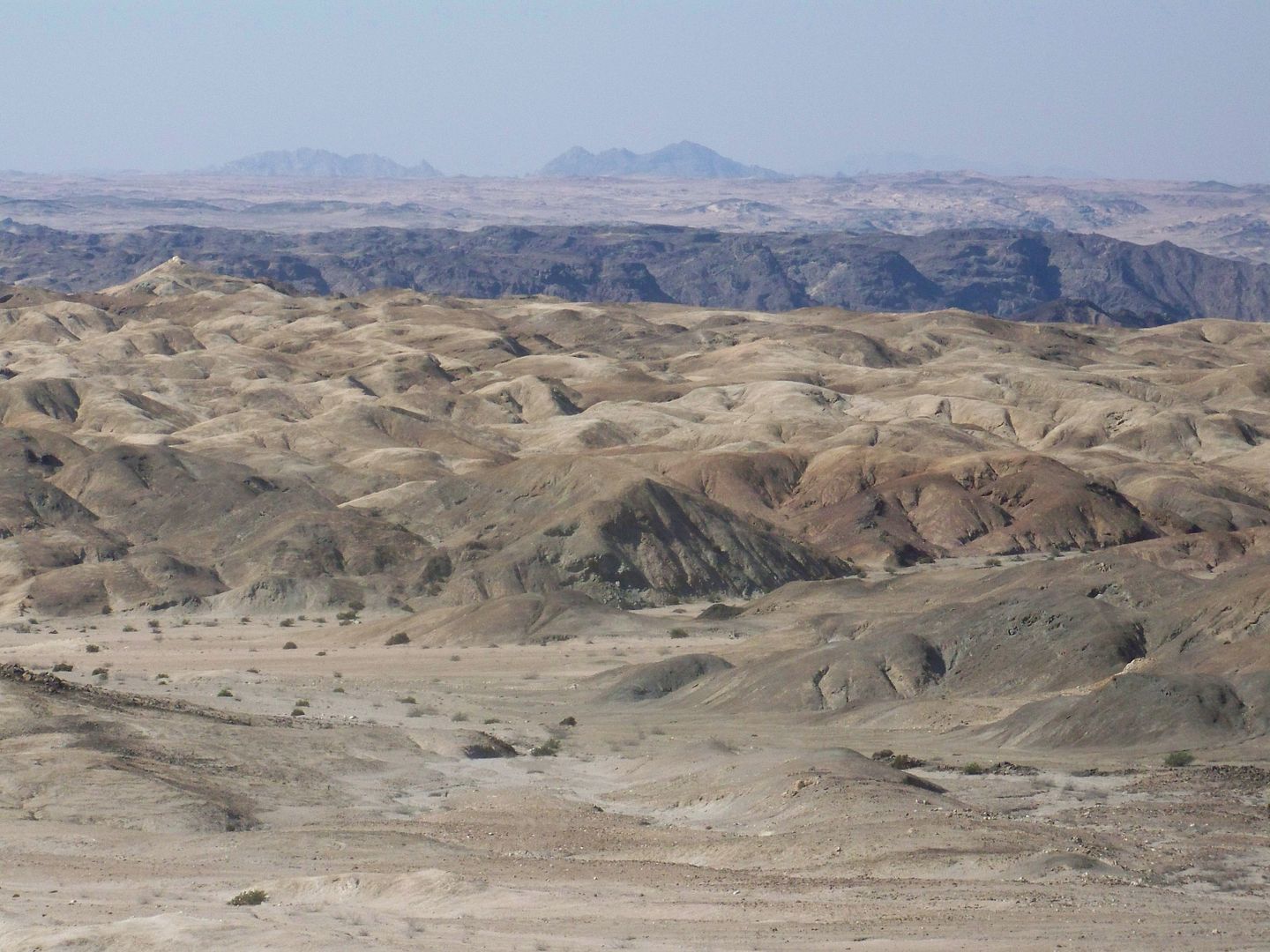






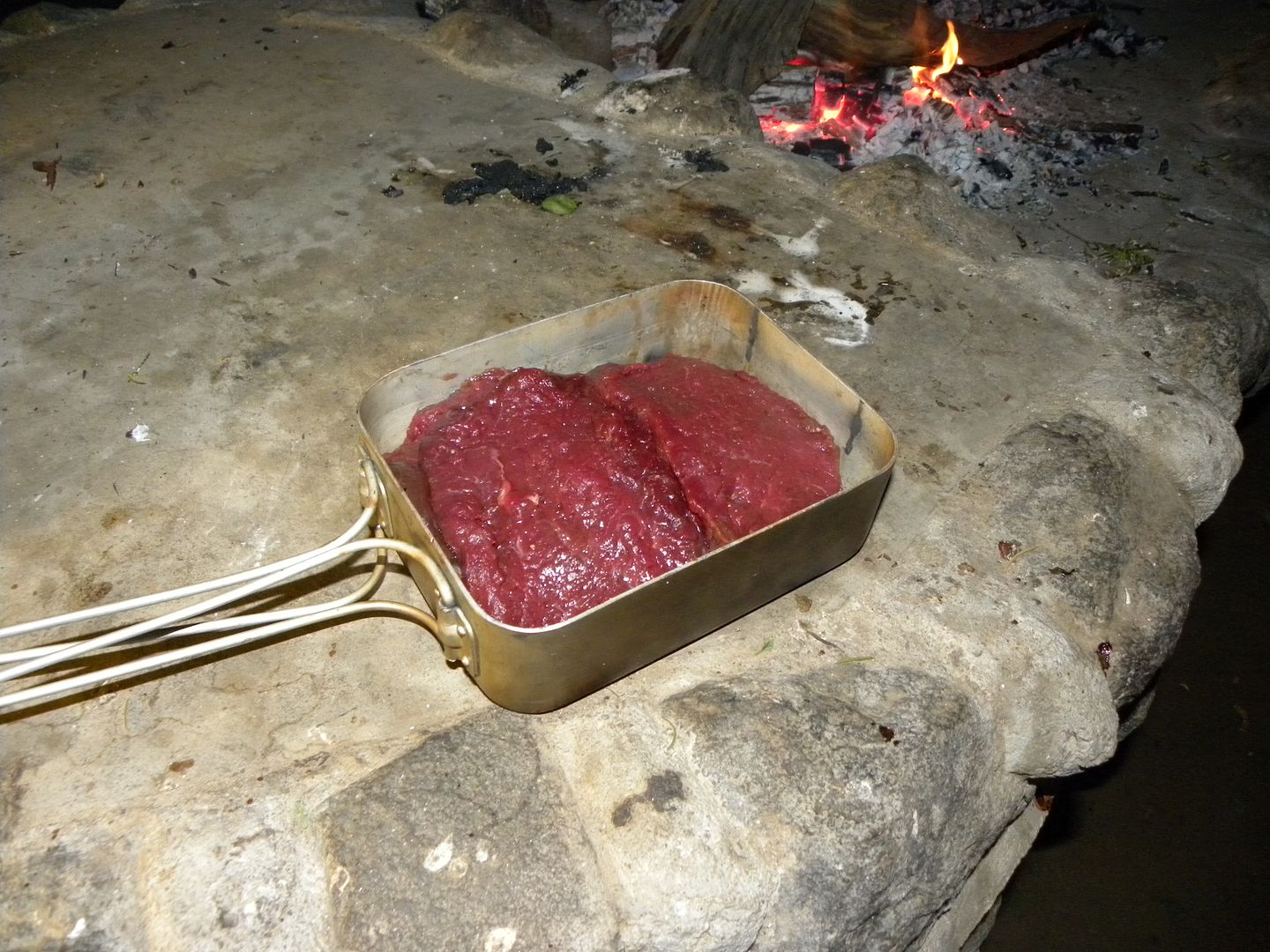
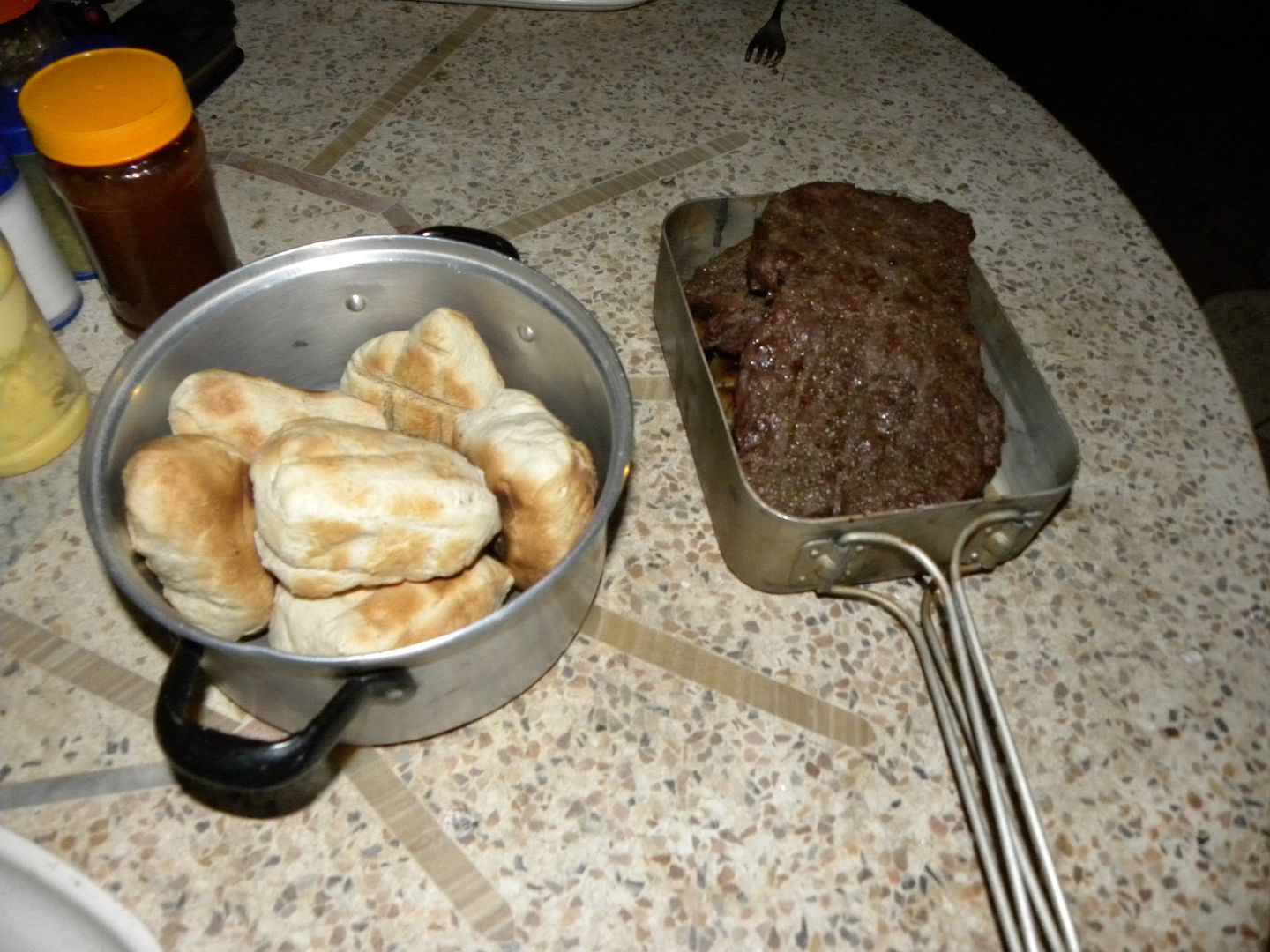

Bie said:Read a book many many years ago about two German geologists, Hermann Korn and Henno Martin who hid in the Namib somewhere around the Kuiseb river during WW ll. Have no idea exactly where this was, but you mentioning the Kuiseb brought it to mind. Was a fascinating story of all the hardships they endured while waiting out the war in order to prevent capture. I remember them building a vehicle trap in the sand with a stone that would flip up, puncturing a the vehicle's sump in order to keep vehicles out of the area. Also how their supplies ran low and they hunted an Eland with a 9mm parrabellum. Think the book was called sheltering desert or something along those lines. Anyone with more info on where they spent their time and maybe even a copy of the book to re-read?
Maak my 'n copy, seblief. :thumleft:Bie said:Sorry for the second hijack Oom Vis. Got the book (The sheltering desert) online and currently downloading it. Last read it as a kid. :thumleft:
wilddoc said:Ek haal my hoed af vir julle.Two up en vol gelaai deur daai sand.Goed gedoen.
Ek was nou pas deur Namibie en het gesukkel met swaar gelaaide bike en die middelmannetjie.
Mooi fotos
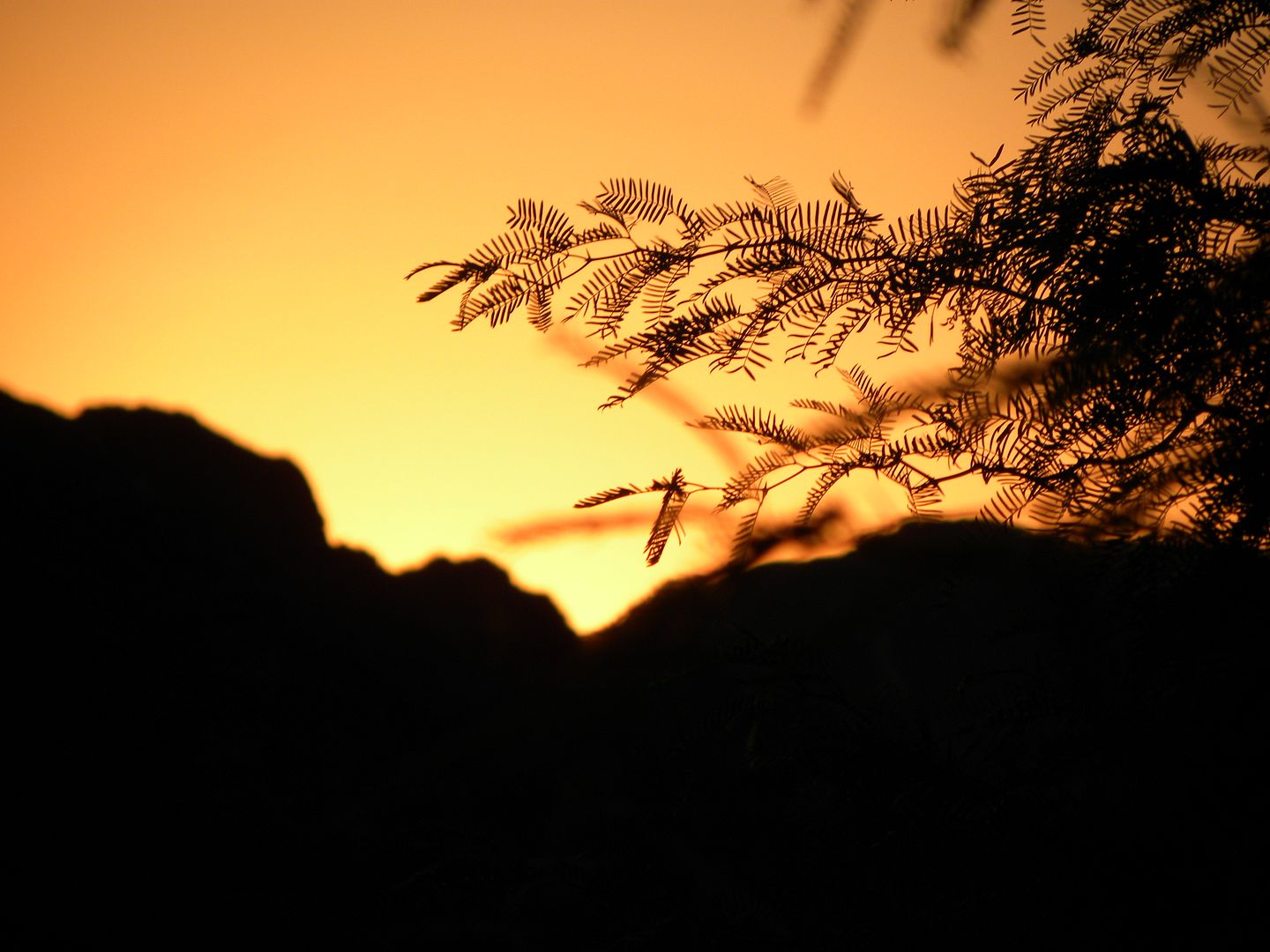
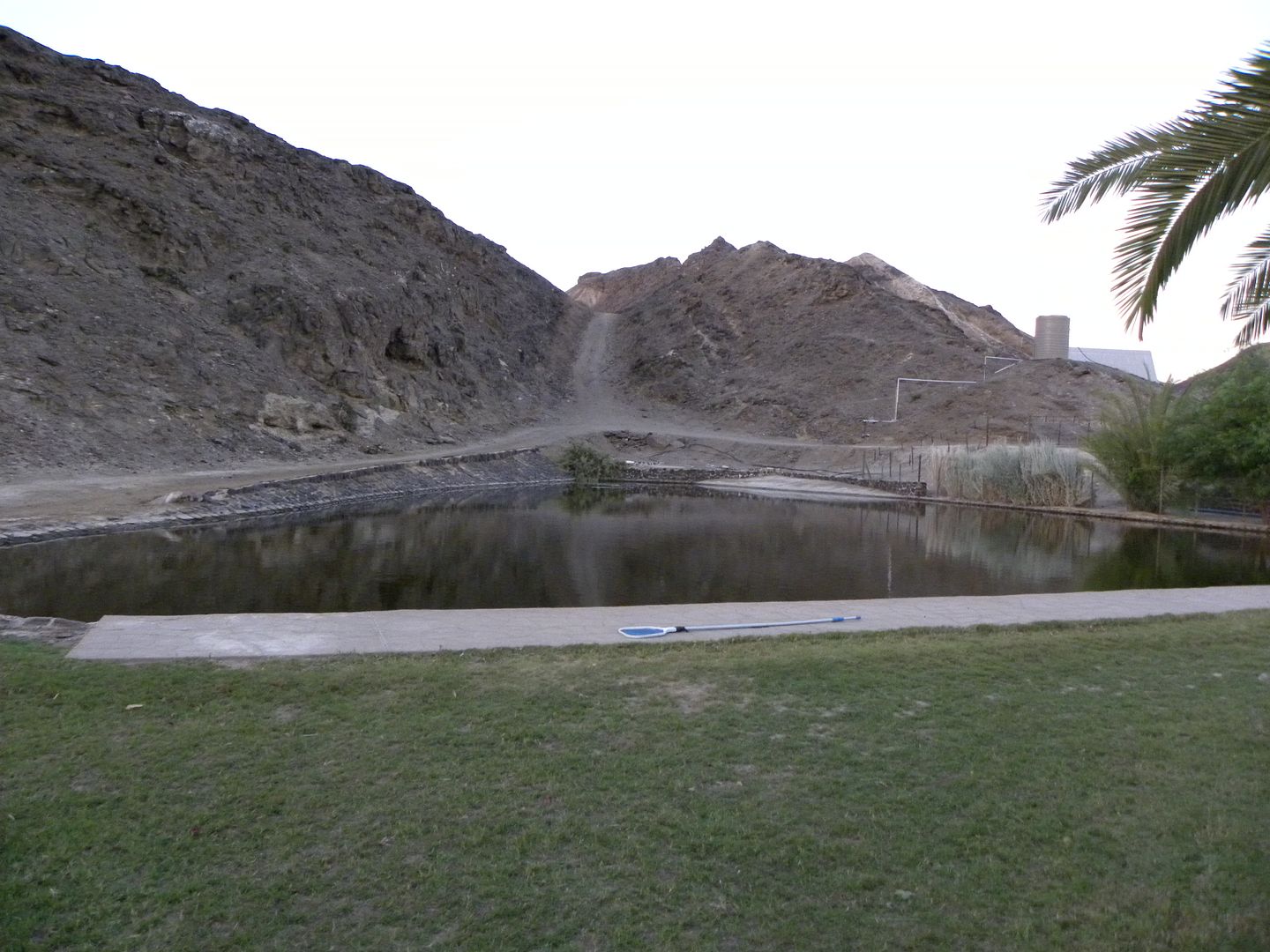


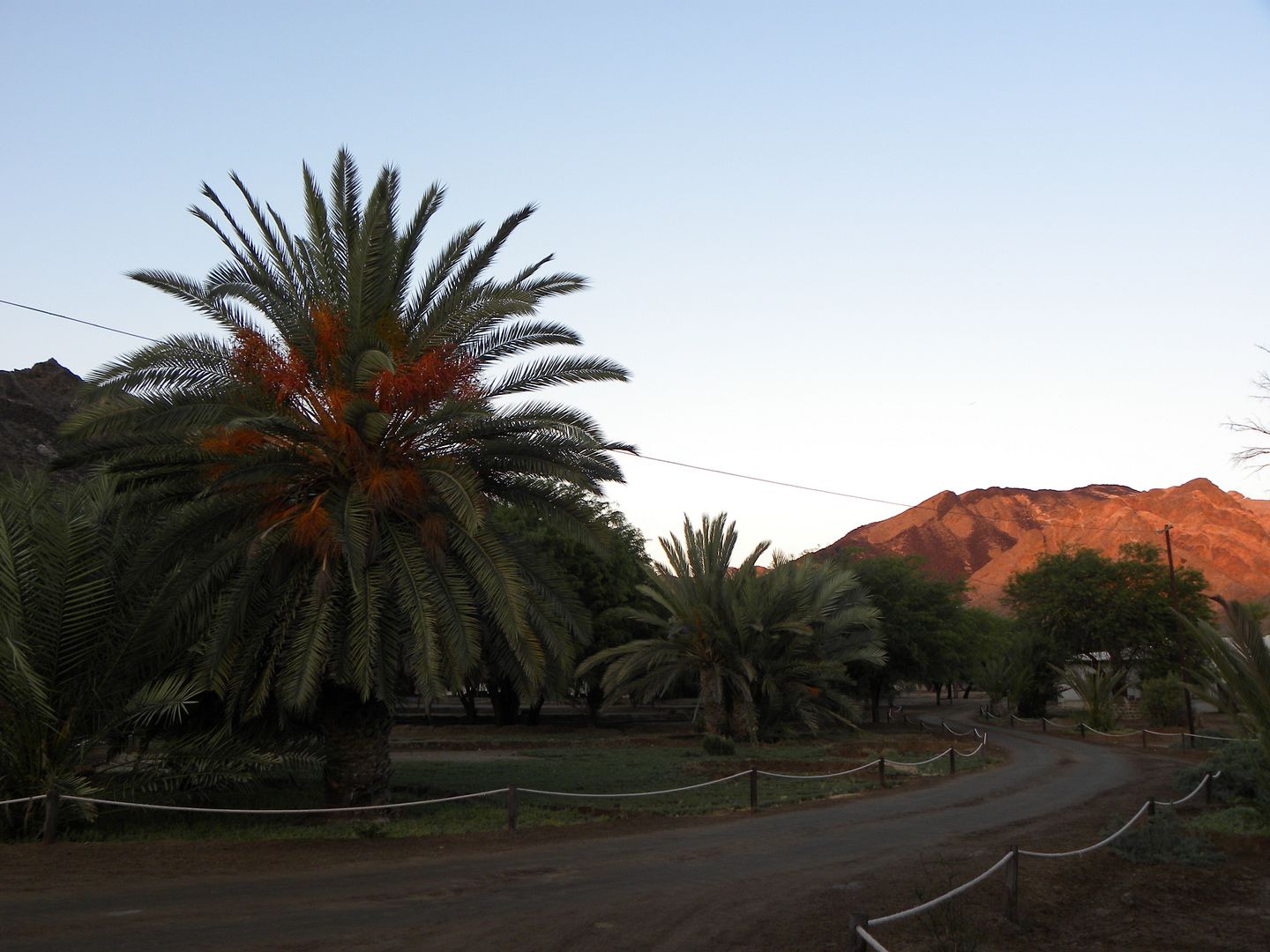


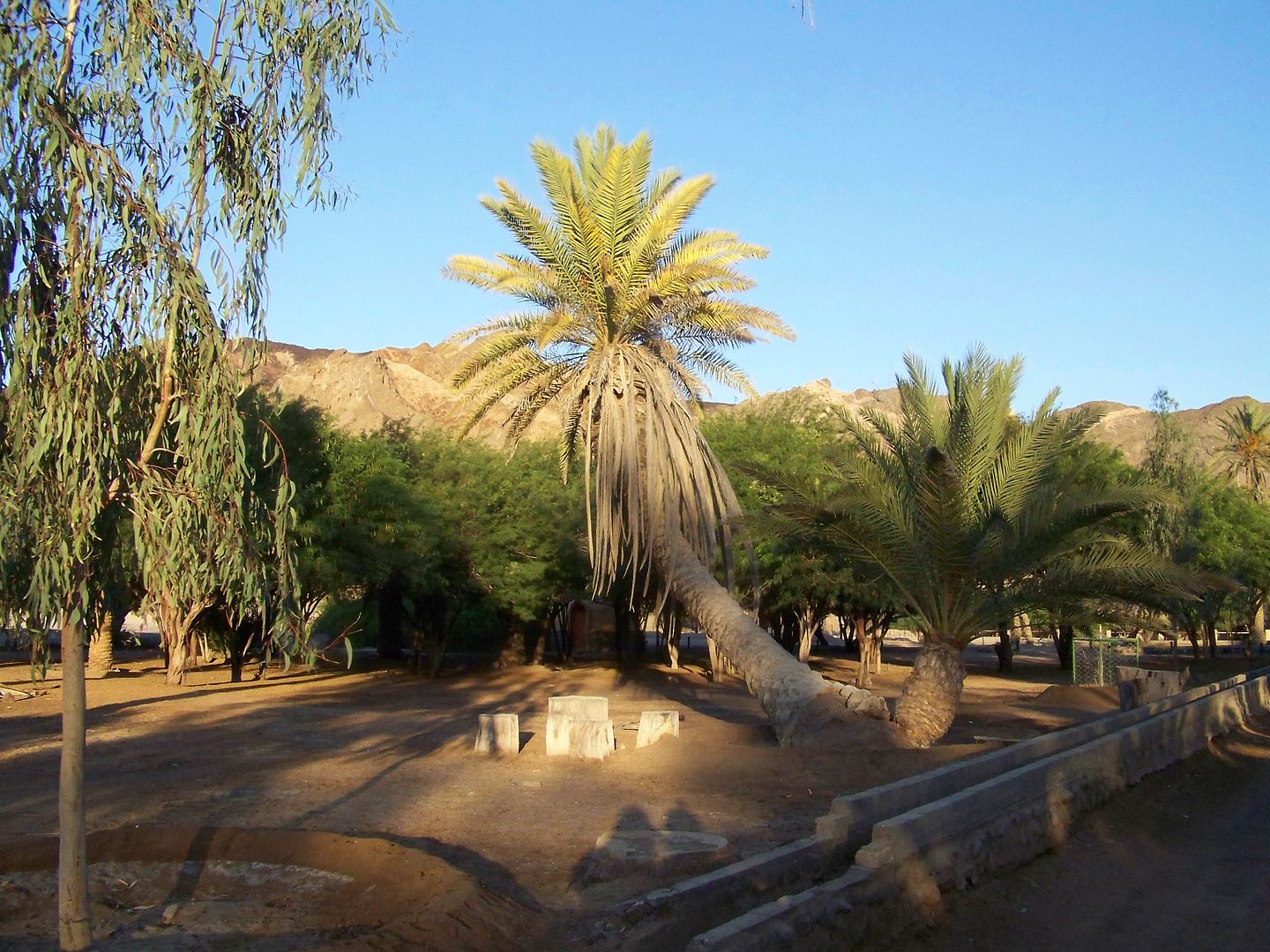


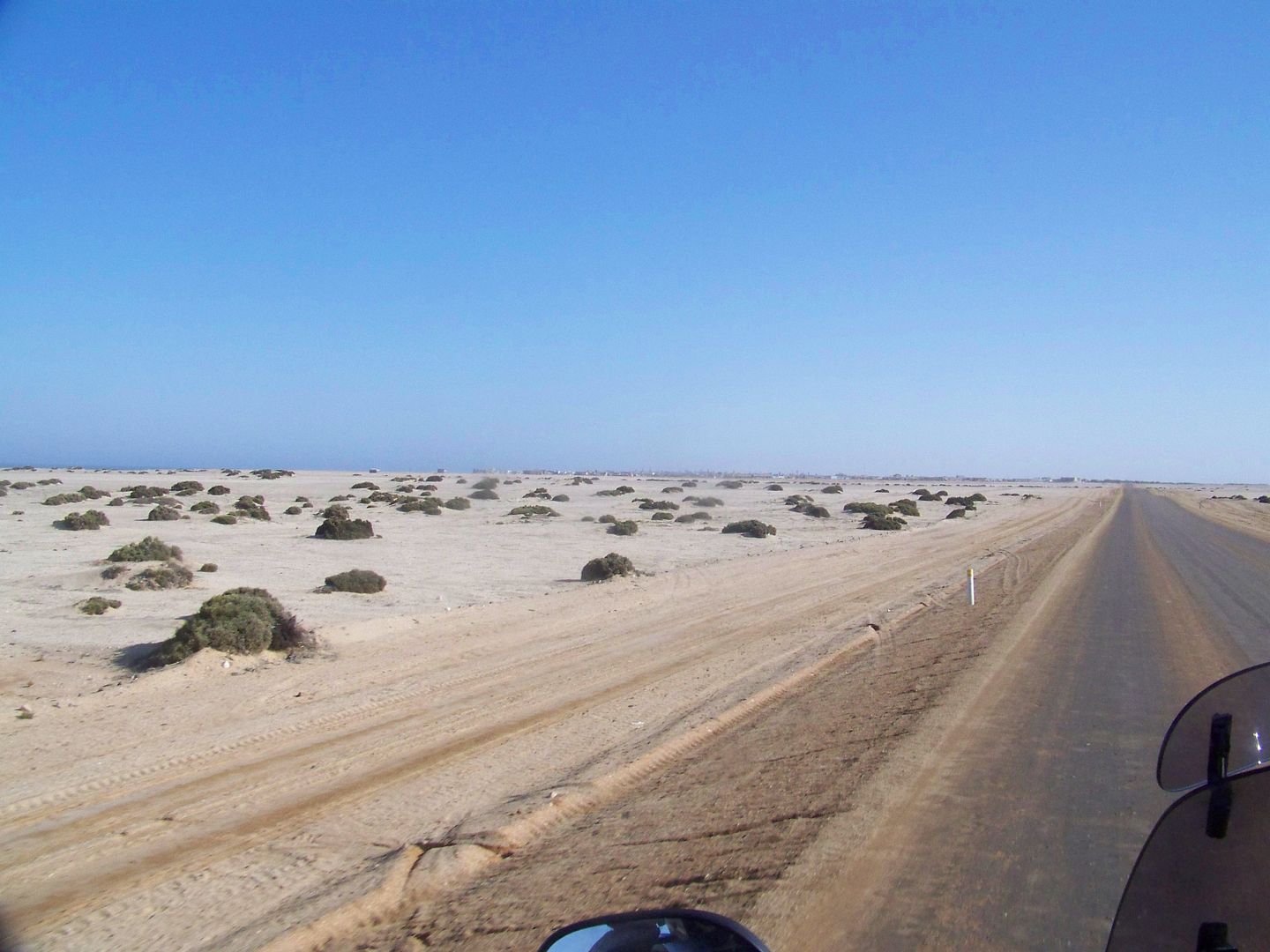












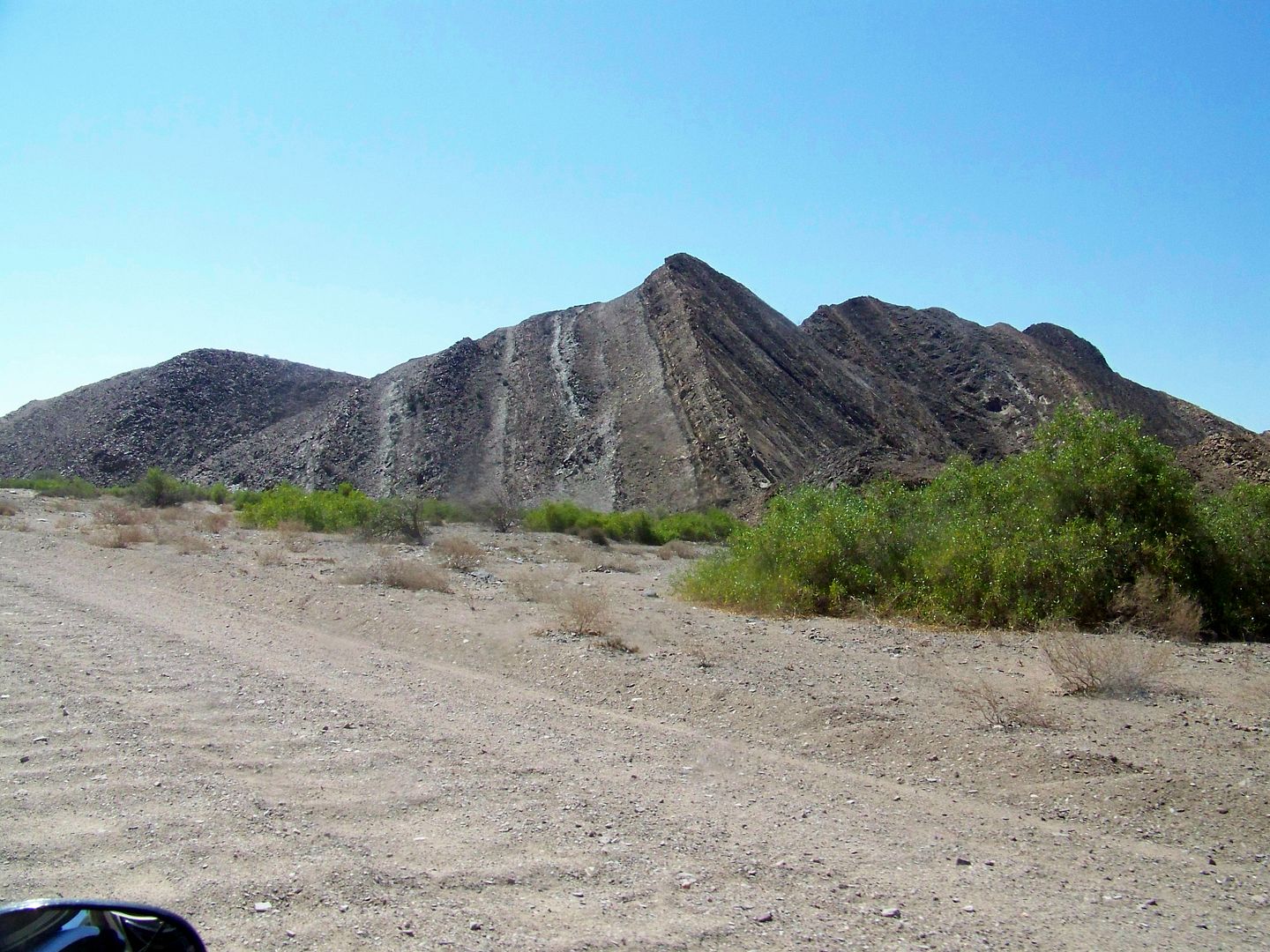




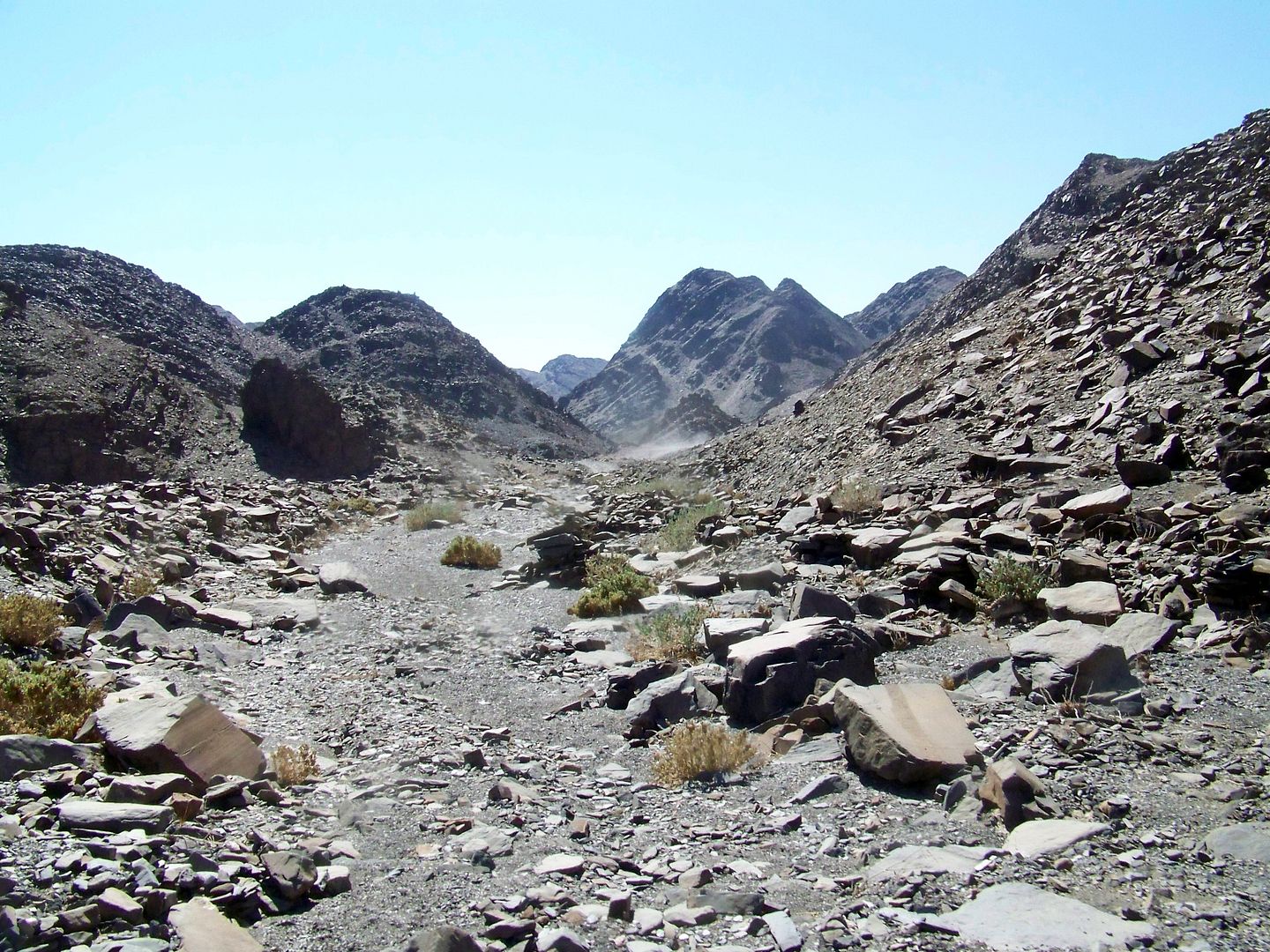




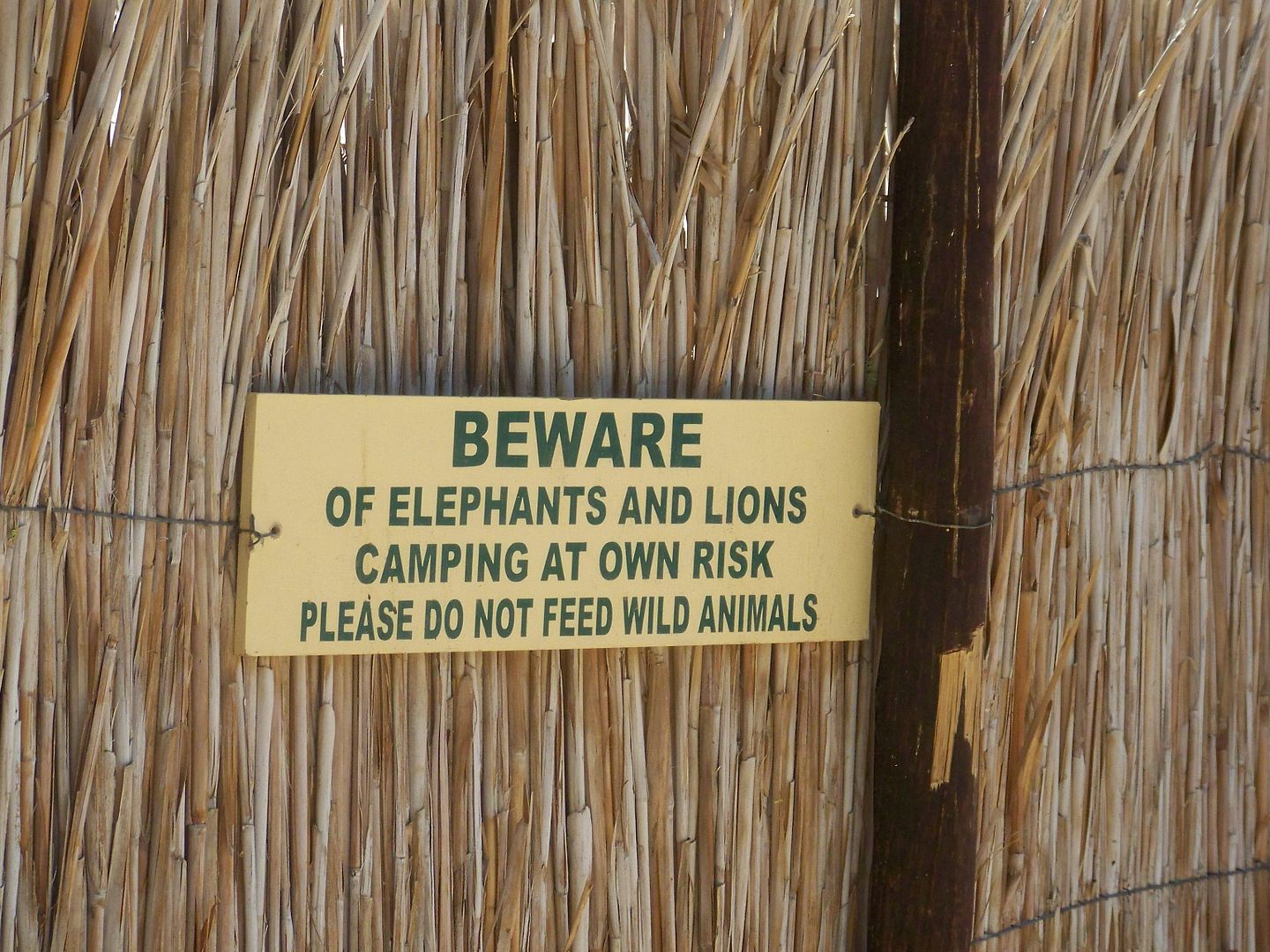

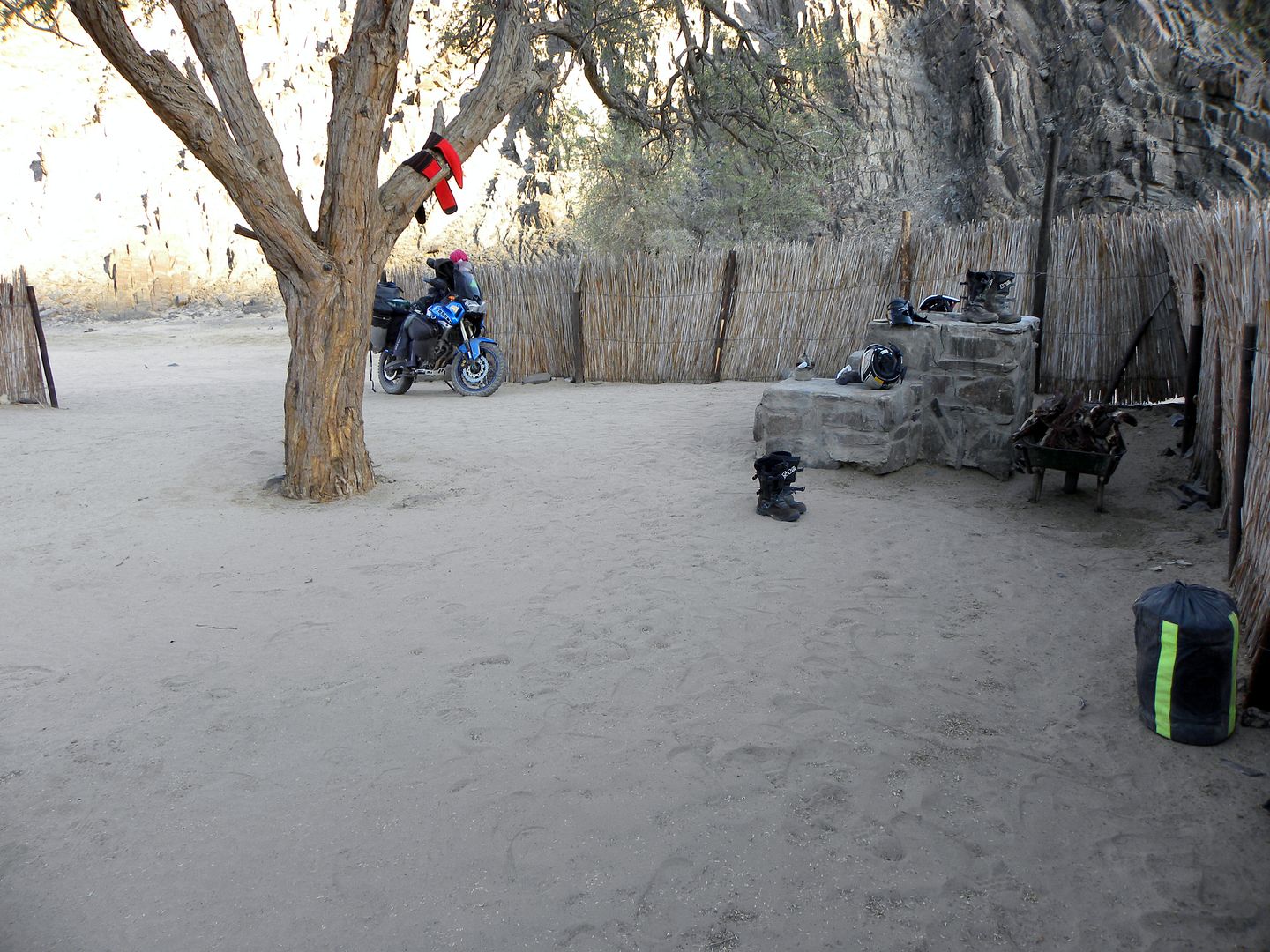
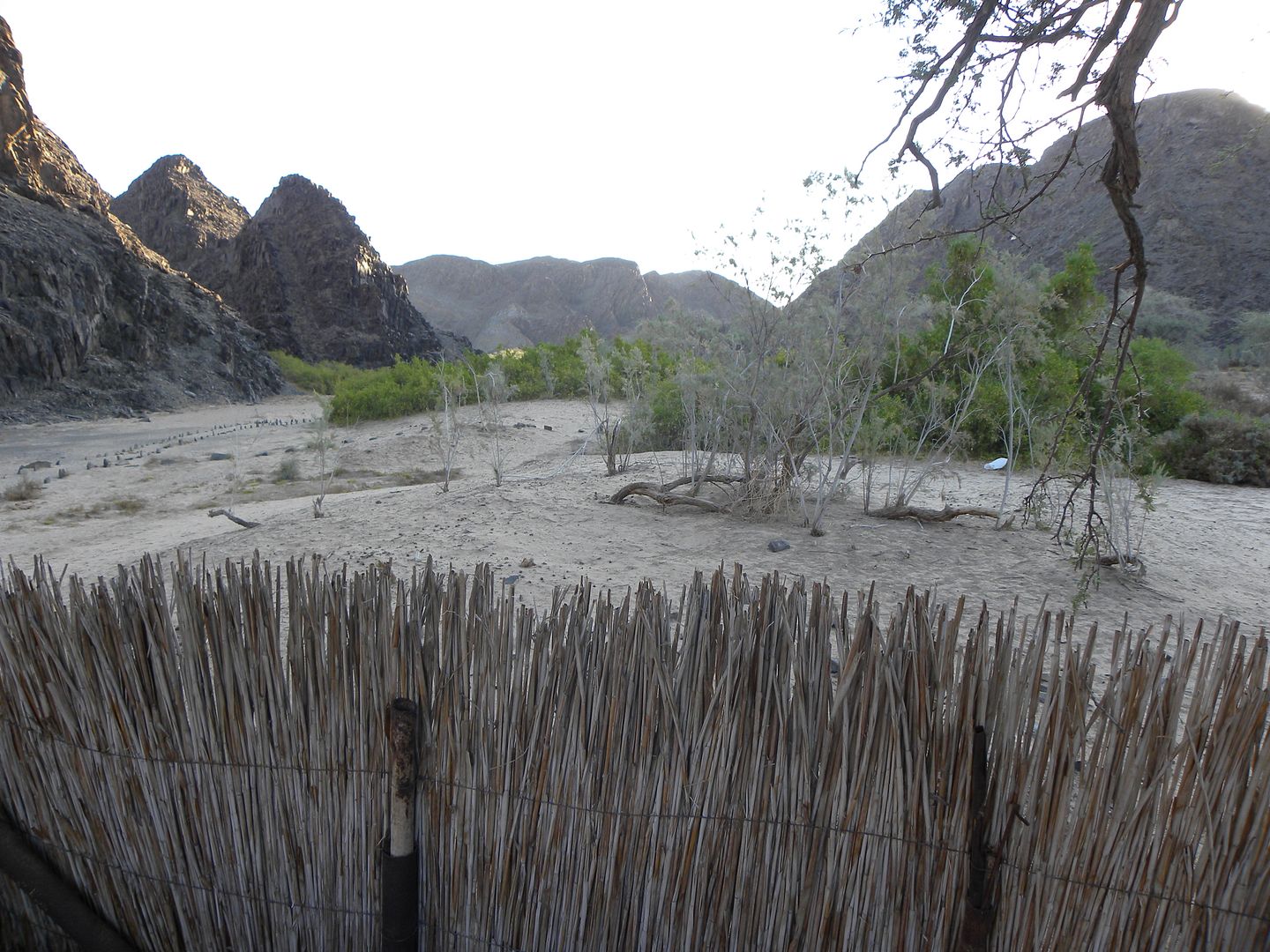





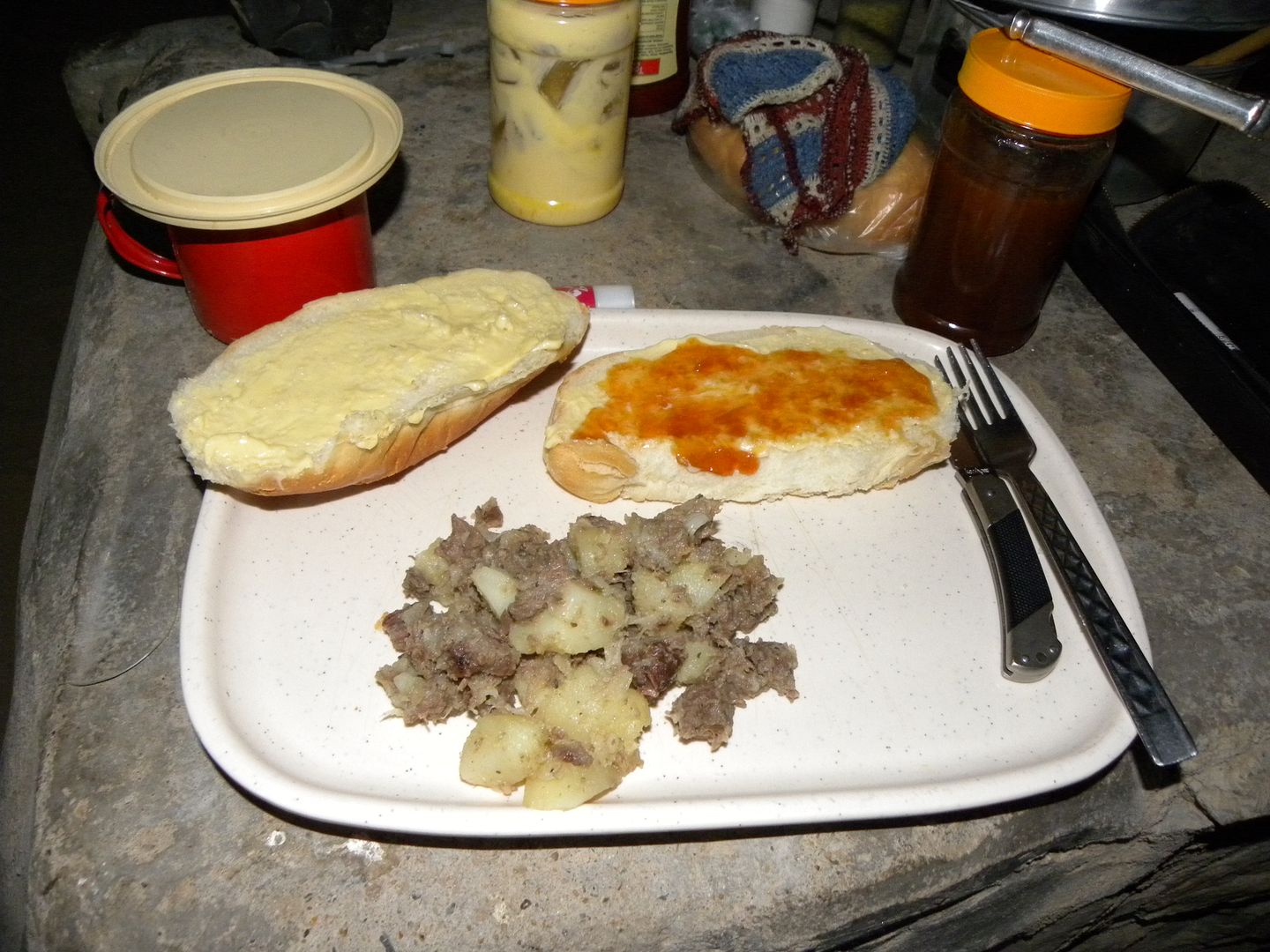
Vis Arend said:It cooled of a tiny bit during the night, so we got a good night’s rest. We were ready for the following day, so we hoped.???????
Bie said:Read a book many many years ago about two German geologists, Hermann Korn and Henno Martin who hid in the Namib somewhere around the Kuiseb river during WW ll. Have no idea exactly where this was, but you mentioning the Kuiseb brought it to mind. Was a fascinating story of all the hardships they endured while waiting out the war in order to prevent capture. I remember them building a vehicle trap in the sand with a stone that would flip up, puncturing a the vehicle's sump in order to keep vehicles out of the area. Also how their supplies ran low and they hunted an Eland with a 9mm parrabellum. Think the book was called sheltering desert or something along those lines. Anyone with more info on where they spent their time and maybe even a copy of the book to re-read?



